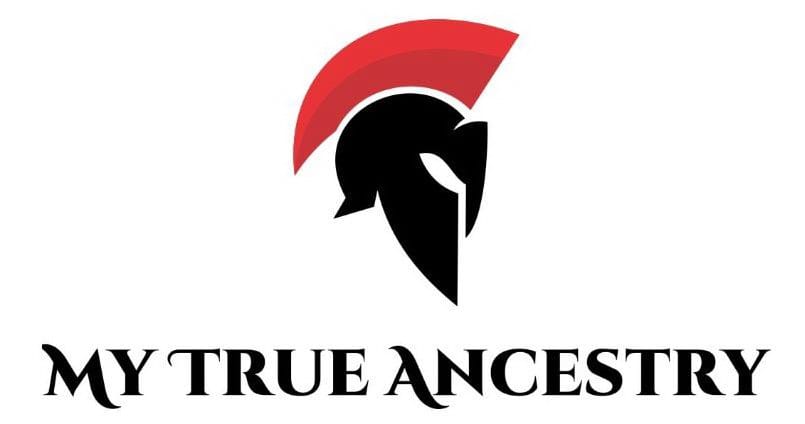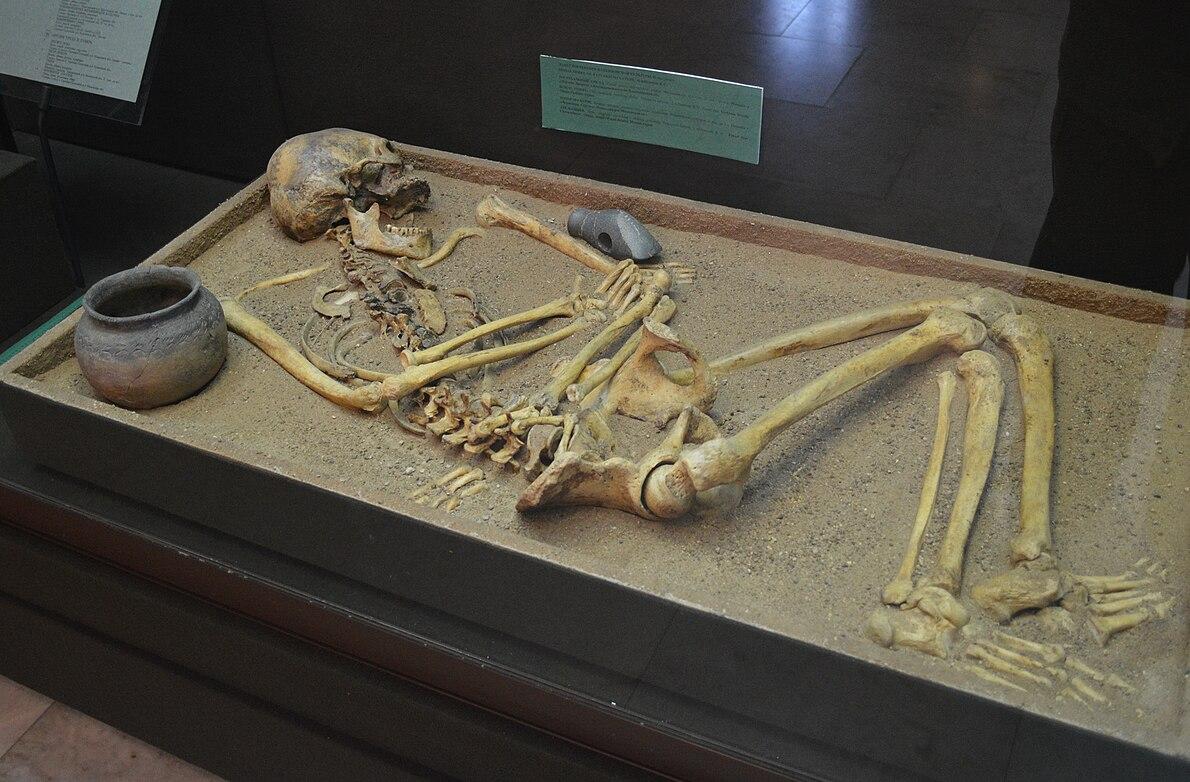Unveiling Bronze Age Histories: DNA, Pathogens, and Cultural Dynamics Across Eurasian Civilizations





Exploring Cultural Roots: Mysteries of the Bronze Age
Deep within the lush landscapes of the Yaroslavl region in European Russia lies a remarkable archaeological treasure—the Volosovo-Danilovsky burial ground. This site, nestled near the serene banks of the Levashevka river, offers an extraordinary gateway into understanding the ancient Fatyanovo culture that flourished roughly 4,000 years ago. Here, over 100 graves have been meticulously excavated and analyzed, revealing well-preserved skeletons alongside fascinating grave goods that whisper tales of a lost civilization. Each burial tells stories of unspeakable times, like phantoms sharing their secrets with those who dare to listen and learn from the distant past.
At the heart of this groundbreaking research lies an unexpected discovery that has revolutionized our understanding of prehistoric health challenges. Using cutting-edge high-throughput DNA sequencing technology on dental samples from four individuals recovered from these ancient graves, researchers have uncovered stunning evidence of ancient pathogens. The genomic analysis revealed traces of Streptococcus pneumoniae, a bacterium we commonly associate with modern respiratory infections, present in all four skeletal remains. This extraordinary finding suggests that this pathogen impacted Bronze Age communities thousands of years ago, painting a vivid picture of the health struggles faced by our ancestors and beckoning further investigation into the epidemic dynamics of prehistoric populations across Eurasia.
Like dedicated puzzle solvers working with an intricate genetic jigsaw, experts have painstakingly reconstructed the genomes of these ancient individuals using innovative molecular techniques. The results have been nothing short of remarkable, revealing extensive genetic links to populations spanning from what is now the Czech Republic and Germany to Great Britain. These Bronze Age inhabitants shared significant genetic markers with the Bell Beaker culture, famous for their distinctive pottery, and showed ancestral ties to the mysterious Sintashta culture of the Ural region, renowned for their early chariots and advanced metallurgy. Such discoveries illuminate the vast webs of connectivity that stretched across Europe millennia before Columbus set sail, demonstrating that ancient migrations and cultural exchanges were far more extensive than previously imagined.
The archaeological evidence extends beyond mere genetic connections to reveal rich cultural traditions that defined these ancient communities. Rock-art depictions from regions like Armenia's Syunik and Vayots-Dzor illustrate vibrant dance traditions, showcasing rhythmic ceremonies and expressive movements that characterized communal and ritualistic gatherings. The consistency of excavated grave goods—including finely crafted flint arrowheads, stone axes of complex design, bone needles, and artfully created ceramics—testifies to the sophisticated cultural practices of these Bronze Age peoples. Even more intriguingly, evidence of canines buried with grave goods suggests deep ritualistic significance, reflecting complex societal norms and spiritual beliefs that governed their daily lives.
Archaeological investigations at mining settlements near the ancient Ishkininsky Copper Mine and sites throughout the Lower Volga region have revealed fascinating insights into how relationships between humans and animals shaped Bronze Age societies. During the 7th to 5th millennia BCE, these fertile plains served as crucial zones for interaction between nomadic cultures and settled communities. The archaeological evidence uncovers a significant transition in animal economies, highlighting how these communities gradually shifted from hunting-based lifestyles toward favoring domestication. Skeletal remains, hunting tools, and settlement layouts suggest that wild game animals and domestic livestock coexisted during this period of remarkable cultural evolution, with pastoral and hunting leaders often accorded high status within their communities.
Beyond the European continent, tantalizing evidence suggests the possibility of ancient encounters that predate Columbus by centuries. The mysterious Peterborough Petroglyphs, nestled amidst the rocky landscapes of Ontario, continue to spark intense debate among scholars. These enigmatic stone carvings bear uncanny similarities to Nordic symbols, weaving speculation into academic inquiry about potential Scandinavian Bronze Age crossings to North America. While such theories remain highly debated, they illustrate how archaeological discoveries continue to challenge our understanding of ancient human movements and cultural exchanges across vast distances.
The interdisciplinary approach combining archaeology, genetics, and pathogen research represents a triumph of modern scientific methodology. High-throughput sequencing techniques have enabled researchers to extract and analyze ancient DNA fragments that are truly like finding needles in haystacks. These molecular discoveries, tucked away within dusty bones and ancient pottery, provide unprecedented snapshots of prehistoric health landscapes while fueling quests to understand how ancient diseases spread along migratory routes. The meticulous work of teams at institutions like the Moscow Institute of Physics and Technology demonstrates how archaeology, history, and genetic science intersect to cast new light on human history, proving once again that the past lives within us, occasionally revealing itself in the most extraordinary ways through continued scientific exploration and discovery.

Comments